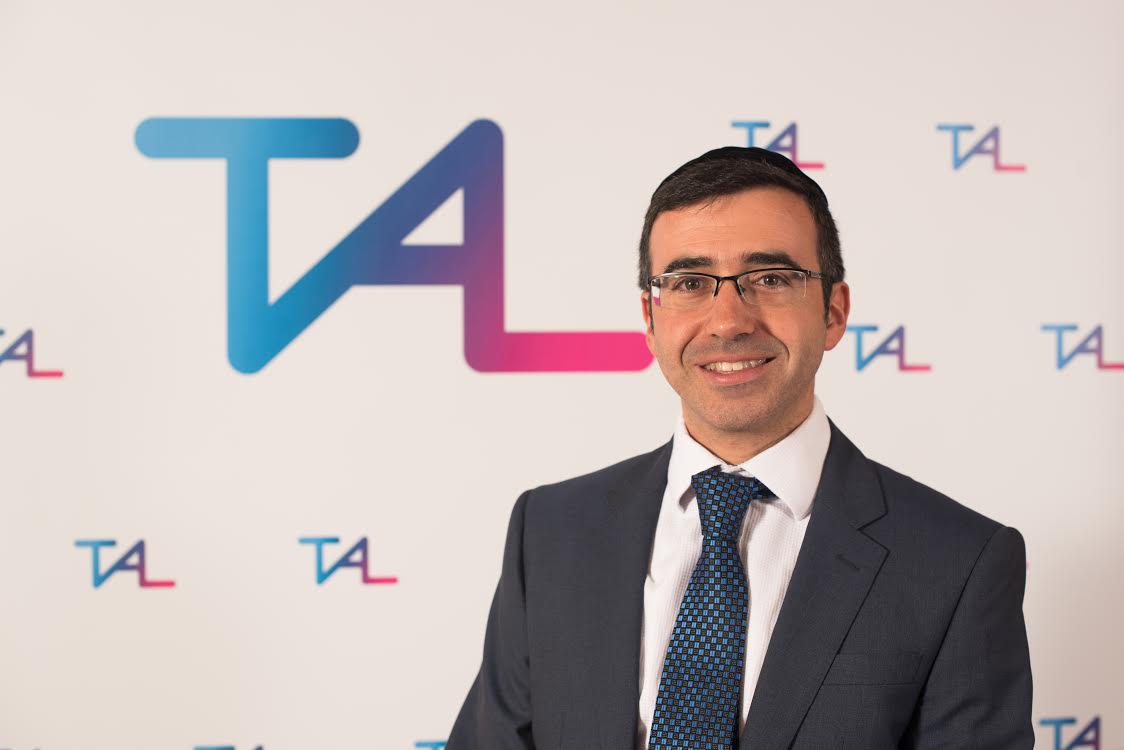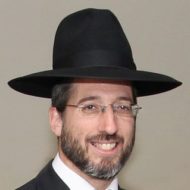
A few days ago I was shown an article of how a fourteen year old child Suvir Mirchandani calculated that he could save the US government 234 Million Dollars a year!
That’s a lot of money, and I read on to see if this was just another gimmick or a real article.
The idea actually added up.
His idea began when he worked out how much his school in Pennsylvania could save in ink after watching multiple leaflets be handed out.
He hypothesised and said if the school changed the font they were using from ‘Times New Roman’ to ‘Garamond’ font instead; it would use 25 per cent less ink because each character is lighter and thinner.
“Ink is two times more expensive than French perfume by volume,” Suvir related.
He then extended the study to a national level and concluded that if the government used just Garamond it could save $234 million!
A small change could make a massive difference.
But I found a more impressive lesson from this article which is linked to this week’s Parsha.
We are taught about the sacrifice brought by a poor person who had experienced Tzaraat (a spiritual disease with physical symptoms)
The Torah takes into account a person’s financial situation and therefore a poor person was able to offer ‘cheaper’ sacrifices.
In defining the poor person’s sacrifice, the Torah relates :“But if he is poor and cannot afford [these sacrifices], he shall take one [male] lamb as a guilt offering for a waving to effect atonement for him, and one tenth [of an ephah] of fine flour mixed with oil as a meal offering, and a log of oil” (14:21).
The verse is interesting because it begins by saying if a person is poor, and then seems to add the superfluous words of ‘and cannot afford’. Surely a person who is poor cannot afford?
Perhaps there are two types of poor people. The first is one that defines himself as being poor. He realises his situation and becomes depressed. Accepting that nothing will ever change.
The second is more positive, he realises that he might be poor now but that does not necessarily mean that he’ll be poor in the future.
The first is a pessimist, while the second is an optimist.
The Midrash Vayikra Rabba 17:3 lists ten sins that can cause “Tzaraat”.
Three such sins are as follows:(1) conceit, (2) Lashon hara – malicious gossip, (3) acting miserly. All of these sins share a common denominator, namely “Ayin Rah” ( a bad eye).
This type of person sees the world in a negative and pessimistic manner. In other words, pessimism is the root cause for “Tzaraat”.
The Torah hints to us in verse 14:21 that a person has to go from being a “pessimistic” poor person to an “optimistic” poor person as a means by which a “cure” for Tzaraat can take effect.
Part of the cure of the Metsora is to realise that he has to change his outlook of the world.
Similarly the Gemara in Ayrachin also says that the punishment of Tzaraat comes “Al Tzorat HaAyin.” Tzorat HaAyin [literally – narrowness of eye] does not only mean a person who is tight-fisted or cheap. Tzorat HaAyin is a person who never sees the good side of anything and always sees evil. It is the opposite of a generosity of spirit. It is a stinginess, not only regarding money, but regarding viewing life in general. A Tzar Ayin is a person who does not like to see other people’s success. The only success that he is interested in is his own success.
If that is the sin that causes Tzaraat, then the Tikun [correction] that causes the Tzaraat to go away is the person doing Teshuva and switching from being a Tzar Ayin to a Tov Ayin.
The Chidushai HaRim says that when the Pasuk says, “Vhenay Lo Hofach HaNega Et Ayno” – and behold, the Tzaraat did not change its appearance- there is a double meaning. “Lo Hofach HaNega Et Ayno” also means that his Ayin [eye] did not change. In order to do Teshuva, this person’s Ayin must change. He must change from being a Tzar Ayin to being a Tov Ayin.
The Pasuk is hinting to us, ” Lo Hofach HaNega Et Ayno.” His Ayin did not change. He has the same stinginess, the same unwillingness to share and be generous.
“Ayno”, here, does not merely mean that the appearance did not change, but also that the Ayin did not change. The Tzoras Ayin, the Avairah that brought on this terrible punishment is still in place.
The Chidushai HaRim continues with a classic Chasiddishe vort: The word “Nega” is really the same word as the word “Oneg.” What is the entire difference between the word “Oneg” -pleasure- and the word Nega [in the Hebrew lettering]?
The only difference is the placement of the [letter] “Ayin.” The “Nun” and the “Gimel” are in the same place. The only difference is whether the “Ayin” is at the beginning or at the end. What is the difference between “Nega” and “Oneg?” What is the difference between a person having Tzaraat and a person having pleasure? It all depends on the placement of the “Ayin.” That is this person’s problem. The problem is with the “Ayin.”
His problem is with his perspective and his approach to life. His problem is with his Ayin, so his Tikun must be “Hofach Hanega Et Ayno.” He must change his “Ayin.” He must take the “Ayin” from the word “Nega” and make it into “Oneg.”
Even when we are in a down turn, even when things look bleak, there are times of encouragement ahead. We should take happiness and pleasure at others’ success; we should approach life with a positive outlook.
At a time when it looks like the only way to raise money is through harsh taxes, a simple idea of a 14 year old with a different outlook is shaking America.
Challenge: Change our perspective; be optimistic! You never know- you could be saving millions!







